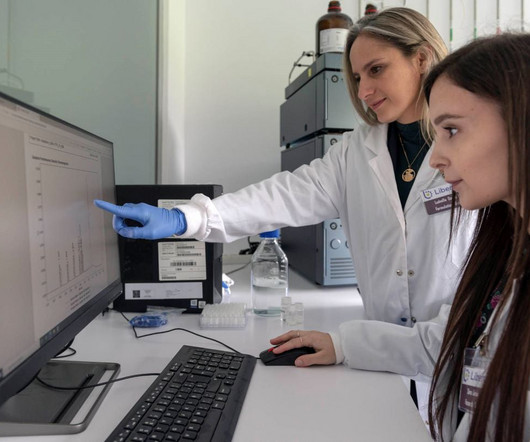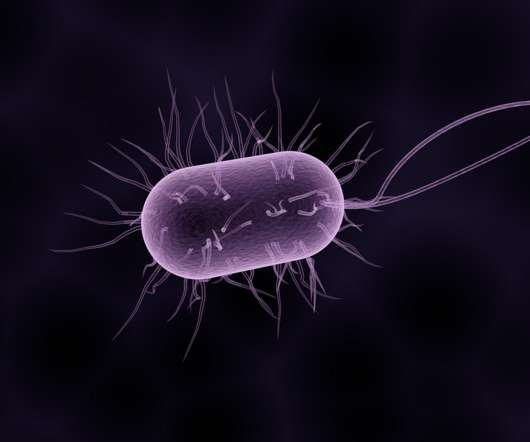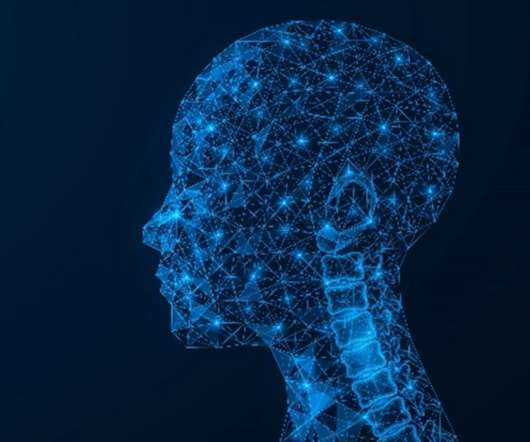The Power of Lipids: Enhancing Drug Delivery with Nanoparticles
Roots Analysis
MAY 21, 2024
SLNs offer various benefits, such as easy production process, good release profile and low cost. However, their drawbacks include limited drug loading capacity and potential drug expulsion during storage. The LNPs can be monitored using various imaging modalities to confirm the delivery of siRNA to the target cells.












Let's personalize your content